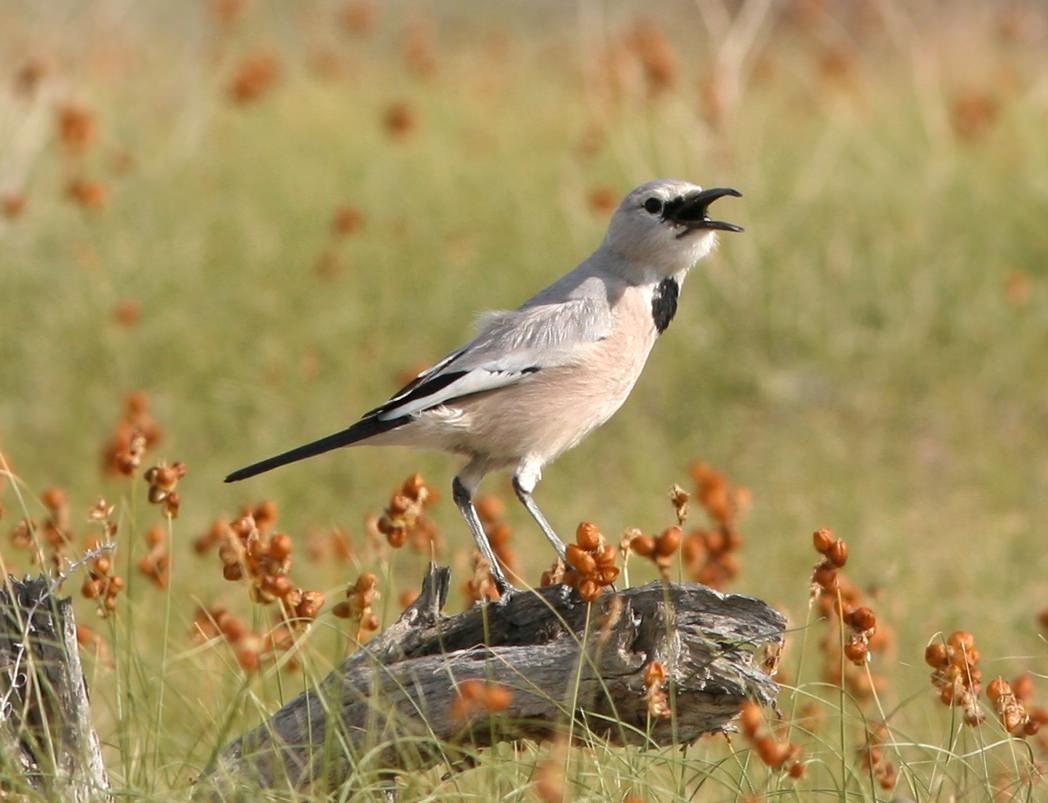Afghanistan – Armenia – Azerbaijan – Bahrain – Cyprus – Egypt – Georgia – Iran – Iraq – Israel – Jordan – Kazakhstan – Kuwait – Kyrgyzstan – Lebanon – Oman – Qatar – Saudi Arabia – South West Russia – Syria – Tajikistan – Türkiye – Turkmenistan – United Arab Emirates – Uzbekistan – Yemen

Capital: Ashgabat
Area: 488,100 km2
BirdLife International partner: None
Total number of bird species: 366
Globally threatened bird species: 18
Country endemics: 0
Important bird and biodiversity areas: 50 IBAs with a total area of 34,602 km2
Rare birds committee: There is currently no rare birds committee in Turkmenistan.
Specialities:
Macqueen’s Bustard, Caspian Plover, Pander’s Ground Jay, Streaked Scrub Warbler, Asian Desert Sparrow, Saxaul Sparrow, Trumpeter Finch.
Ornithological interest:
Most of Turkmenistan is covered by the vast Karakum Desert, home to the majority of the country’s specialities. Some of the desert is protected, including the Repetek Biosphere State Reserve which is one of the popular areas to search for Asian Desert [Zarudny’s] Sparrow as it is more easily accessed from Uzbekistan during regional tours. Other species regularly found in this habitat include White-winged Woodpecker, Macqueen’s Bustard, Pander’s Ground Jay, Brown-necked Raven, Streaked Scrub Warbler, Rose-coloured Starling, Rufous-tailed Scrub Robin and Saxaul Sparrow.
Peregrine Falcon, Eastern Rock Nuthatch and Radde’s Accentor, as well as rarer Lammergeier and Caspian Snowcock, breed in the mountainous part of the country that stretches along its southern border, with some areas easily accessible from the capital.
Winter visits to the coastal areas in the west of the country may be rewarded with sightings of Glossy Ibis, Slender-billed Gull, Terek Sandpiper, Red-necked Phalarope and Citrine Wagtail.
Best times to visit:
The best time to visit is April to May when both local breeders and migrants are easier to see, and when desert temperatures are milder. September to October can be also a rewarding time with birds that have bred further north moving through on their southbound migrations. Sociable Lapwings stop over in the eastern part of the country, and migrating raptors can be found resting in the desert. Also at this time, many species of waterbirds can be seen along the shores of the Caspian Sea in the west of the country. A winter visit gives a good chance of finding White-winged Lark, Finsch’s Wheatear and White-winged Grosbeak close to the capital.
Essential reading:
Ayé R, Schweizer M & Roth T (2012) Birds of Central Asia, Christopher Helm.
Trip report links:
Compiler:
Maxim Koshkin
